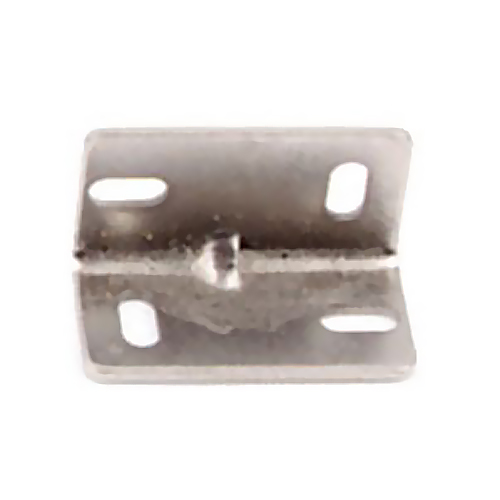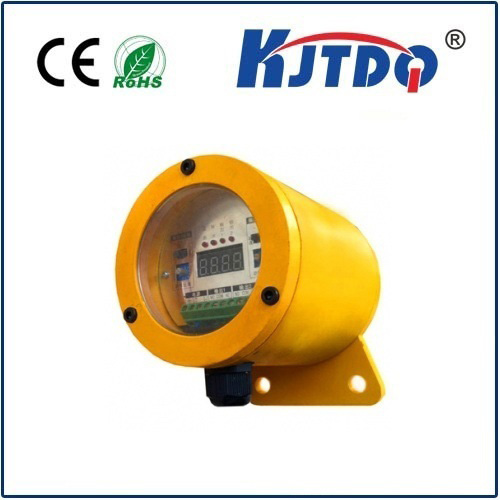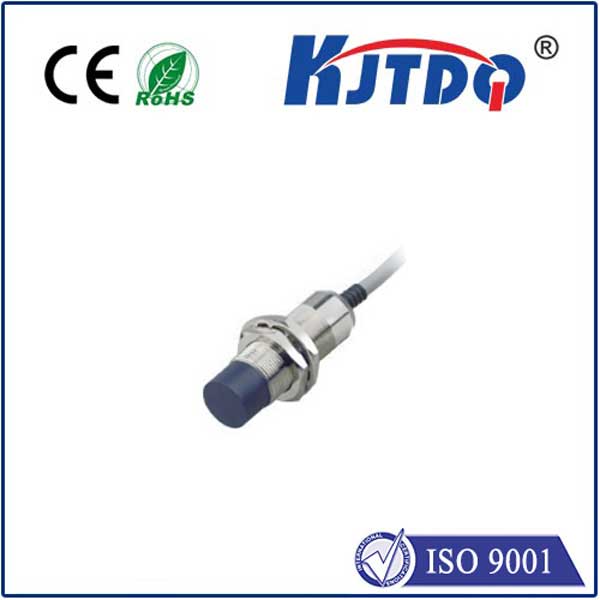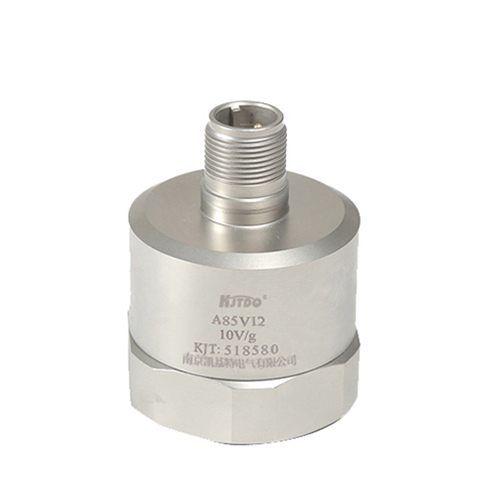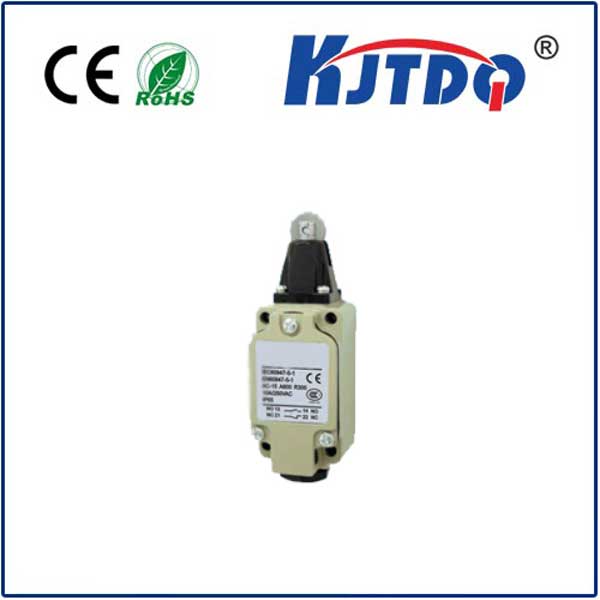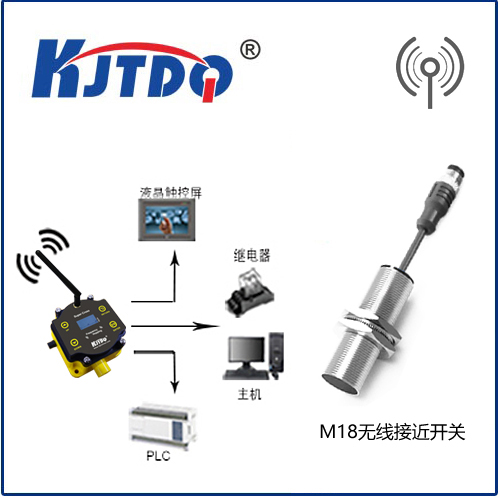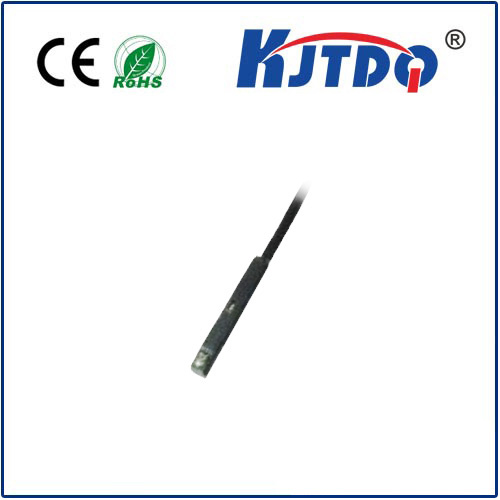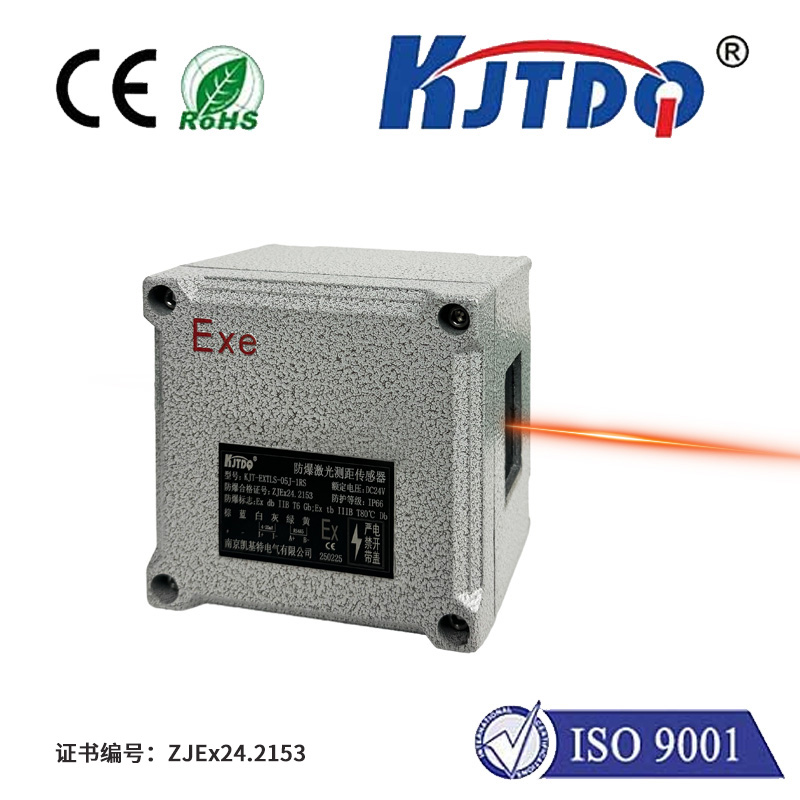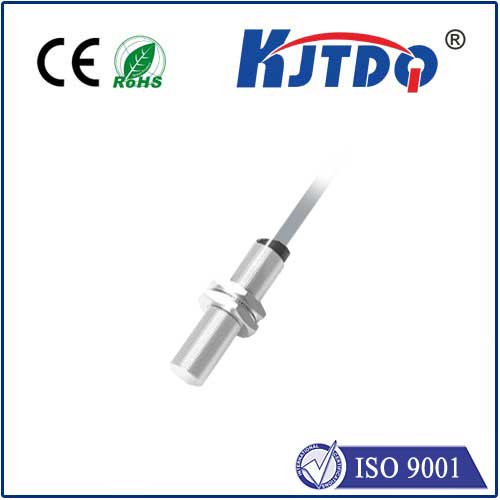
Проверка

Проверка

Проверка

Проверка

Проверка

Проверка
Imagine a high-speed robotic arm on a factory floor, its gripper milliseconds from colliding with a vital, expensive metal component misplaced on the conveyor. Or picture a critical piece of heavy machinery operating unnoticed as a loose metallic fragment rattles dangerously close to moving parts. These aren’t scenes from a disaster movie; they’re real risks mitigated daily by the silent vigilance of proximity sensors dedicated to metal detection. Far beyond simple switches, these sophisticated devices form the backbone of safety, precision, and efficiency in countless automated processes by reliably sensing the presence or absence of metallic objects, without physical contact.
At the heart of this capability lies the principle of electromagnetic induction, specifically leveraged by inductive proximity sensors. When energized, these sensors generate a high-frequency oscillating electromagnetic field from their sensing face. When a metallic object (the “target”) enters this field, it induces small electrical currents – known as eddy currents – within the metal. These eddy currents create their own opposing magnetic field, which interacts with the sensor’s original field. This interaction causes a measurable change in the sensor’s oscillation amplitude or frequency. Sophisticated internal circuitry detects this specific change, triggering a solid-state output signal (like switching a relay or transistor). Crucially, this entire process occurs contactlessly, enabling detection through non-metallic barriers like plastic, wood, or even thin layers of paint or dirt, making them exceptionally robust for harsh industrial environments.

While all metals interact with the electromagnetic field, the efficiency of detection varies significantly:
Key specifications define a sensor’s suitability for a metal detection task:
The applications where proximity sensors enable critical metal detection are vast and diverse:
Choosing the right inductive proximity sensor for a metal detection task requires careful consideration beyond just the target material. Mounting constraints (flush or non-flush mounting affects range), the required sensing distance, the operating environment (temperature, chemicals), and the speed of detection needed are all critical factors. Consulting sensor datasheets or manufacturers is crucial to ensure optimal performance and avoid costly errors or downtime.
From preventing catastrophic machinery damage to ensuring seamless assembly line flow, from enhancing security to guaranteeing product quality, proximity sensors performing metal detection operate as the often-invisible, yet absolutely indispensable, nervous system of modern automation. Their ability to provide fast, reliable, and contactless feedback on the presence of metal objects, even in demanding conditions, makes them an irreplaceable technology driving efficiency and safety across the globe. They are the silent guardians whose watchful electronic eyes never blink, ensuring the smooth and safe orchestration of our mechanized world.
